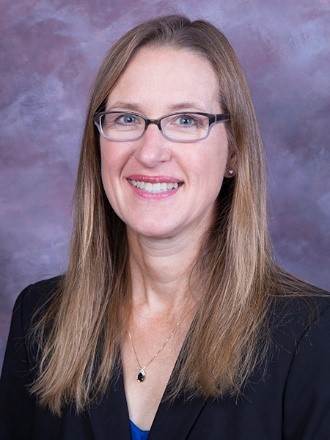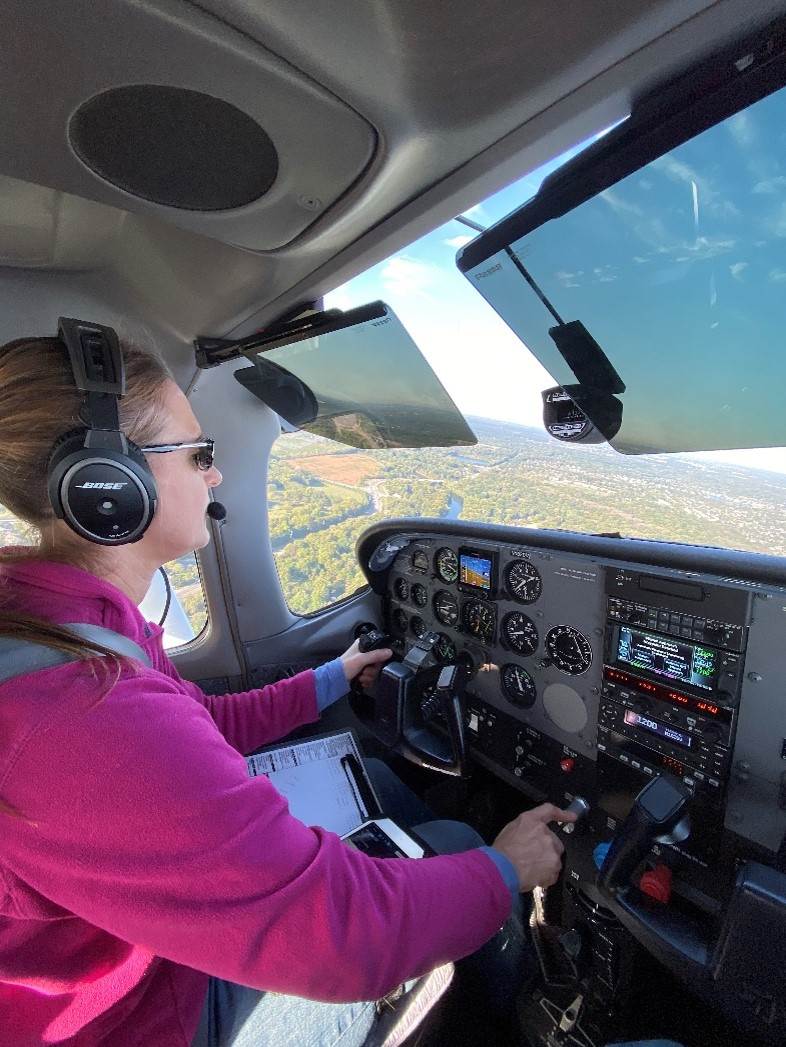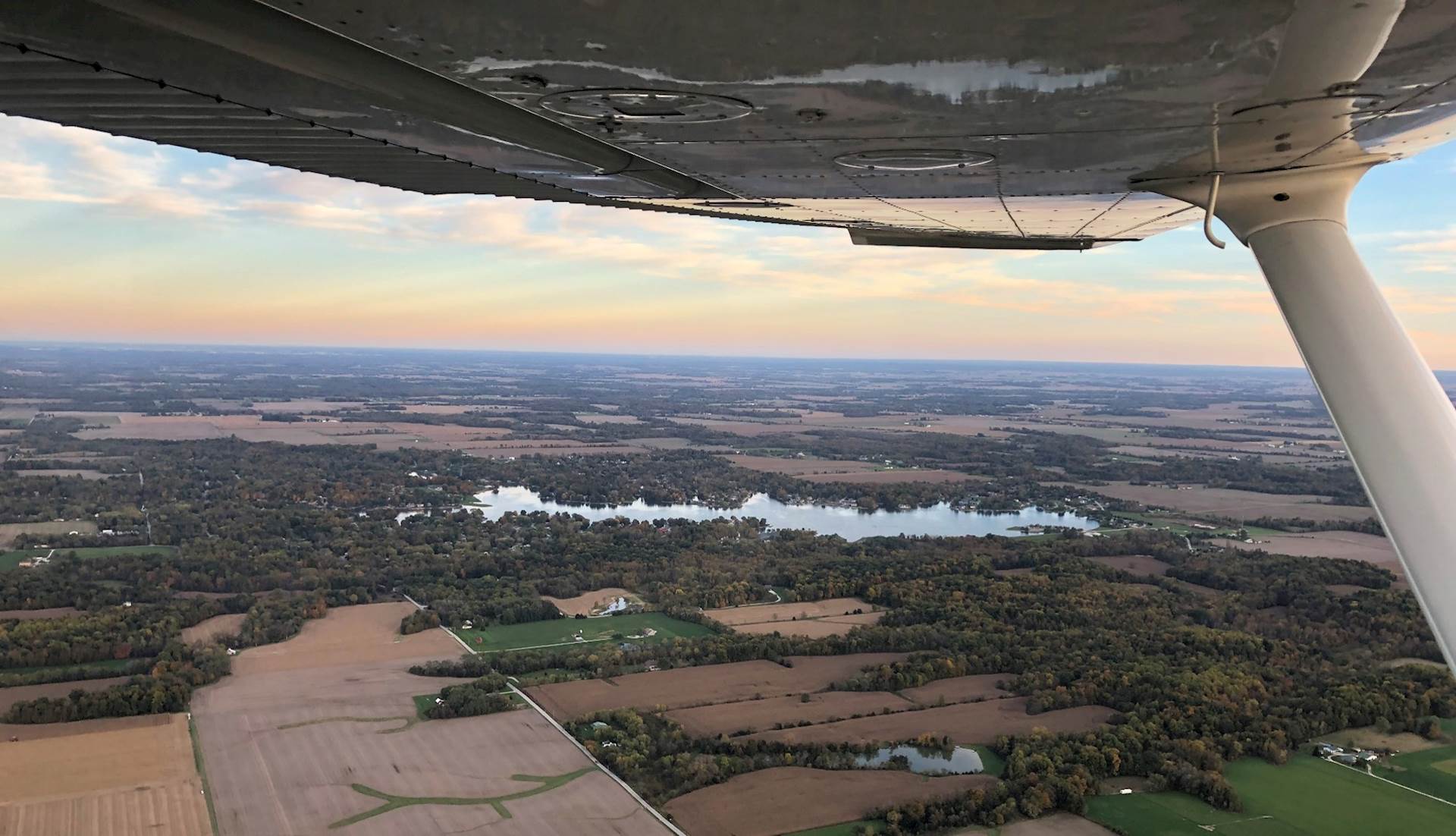As a pilot and an engineer, Hanson’s Susan Zellers, a senior project manager and aviation planning lead, has a bird’s-eye view of airport operations and how project construction, hangar features, pavement quality, airfield signage, airfield lighting and other factors at airports can affect pilots.
 Zellers
Zellers
A private pilot’s license holder for 27 years, Susan has also been licensed as an instrument-rated pilot for 24 years. Her three-year membership in the Sky Vu Flyers club, a not-for-profit corporation that gives its members access to aircraft and opportunities for social networking events, has provided her user rights to five propeller aircraft, which she co-owns with 69 other club members. Of the five, Susan flies two high-wing planes: N182SV, a 2000 Cessna 182S and N5168V, a 2002 Cessna 172SP.
Born to fly
“I grew up about a mile from a general aviation airport and can remember passing it and being fascinated and curious about flying. I also had the opportunity to fly commercially at an early age — both with my family and on my own, at age 12, when I traveled to visit my grandparents,” Susan said.
Her interest grew as she did, and in college, she pursued civil engineering and took classes on airport design and planning. Once she was working as an engineer, she took a flight with an instructor and decided it was time for her to fly.
 Having her pilot’s license has enhanced Susan Zellers’ approach to aviation engineering work. “Airports look different from the air,” she said. “Seeing what’s around them from above gives me a broader view and helps me consider projects from a wider variety of perspectives than I could from the Earth’s surface alone.”
Having her pilot’s license has enhanced Susan Zellers’ approach to aviation engineering work. “Airports look different from the air,” she said. “Seeing what’s around them from above gives me a broader view and helps me consider projects from a wider variety of perspectives than I could from the Earth’s surface alone.”
From manual to digital
When Susan took to the skies in the mid-1990s, pilots filled out flight plans and calculated distances manually. The digital age of flight looks a little different inside the cockpit.
“Now I fly with an iPad Mini,” she said,” but having learned to fly using pencil and paper, I keep it onboard with me, along with my iPad. One of the concerns with the increase in technology is that, when it goes down, you can lose flight information. I still carry a hand-held radio as a backup method for communication, and my phone serves as a backup for the flight plan program on my iPad. It’s so important to keep two sources of data for navigation.”
Personal and professional crosscurrents
Though Susan has kept both feet on the ground for her aviation engineering career, her time aloft has influenced her work at airports.
“Airports look different from the air,” she said. “Seeing what’s around them from above gives me a broader view and helps me consider projects from a wider variety of perspectives than I could from the Earth’s surface alone.”
Susan has used her pilot experience to guide her work on a variety of airport projects, including hangars. Her familiarity with housing aircraft has exposed her to the challenges, inconveniences and risks pilots can face when hangars are poorly planned or improperly designed and constructed. As a hangar user, she also understands pilot preferences. For instance, she advises airports to construct hangars on flat ground so pilots can more easily push and pull aircraft into and out of the structures. Additionally, she recommends equipping hangars with a lead-in line, wing-tip clearance of 2 feet, when feasible; several interior power outlets; bifold doors, rather than the sliding variety; continuous pavement for easier snow plowing; adequate space adjacent to the structure for pushing and storing plowed snow; and avoiding north-facing doors to minimize the freeze-thaw cycle, which can lead to ice and snow falling from roofs and endangering pilots and aircraft. It is also important to consider proper drainage and, in hurricane areas, critical wind-loading criteria.
Seeing through a pilot’s eyes
Susan also appreciates her ability to share pilots’ perspectives as they fly their aircraft into and out of airports. Trees or other obstructions near approach surfaces can inhibit pilots’ access and visibility as they are landing, and Susan’s flight experience has enhanced her problem-solving capacity with aerial mapping and other aspects of airport hazard assessments. Engineers who don’t have a flight background may not consider the pilot’s point of view regarding, for instance, landing-area width necessary for a precise approach or the importance of the runway safety area surrounding the pavement.. She added that her instrument rating improves her understanding of instrument procedures and air traffic control operations during airport planning projects. Her knowledge also helps when she’s explaining issues to members of a project team who may lack the pilot’s understanding.
 The benefits of seeing the big picture of airports and aviation operations dovetail with Susan’s personal love of soaring overhead.
The benefits of seeing the big picture of airports and aviation operations dovetail with Susan’s personal love of soaring overhead.
“I get to experience an airport as a customer would,” she said. “Part of considering the pilot’s perspective is providing well-maintained facilities and working with communities to protect airports. In many communities, the airport is the front door, and keeping it in good condition leaves a positive impression on customers. If I land at an airport and see that the leadership is taking pride in it, and the personnel are friendly and helpful, I feel welcome.”
The benefits of seeing the big picture of airports and aviation operations dovetail with Susan’s personal love of soaring overhead.
“One of my favorite parts of being able to fly is the different perspectives I see. Maybe it’s the engineer in me, but I love being in the air and being able to look down on how cities and roads are laid out and watch the changing of the seasons from an aerial perspective.”
Susan Zellers can be reached at szellers@hanson-inc.com.
Aviation History Quick Hit
On this day in 1939, the Douglas DC-4 embarked on its first passenger flight to New York from Chicago.